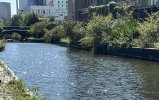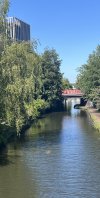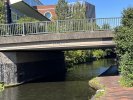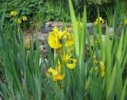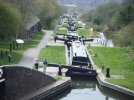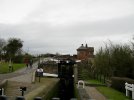Pedrocut
Master Barmmie
The multi-layered piece, named Black British History is British History, was defaced after it was unveiled on May 13 next to the Soho Loop Canal in Winson Green, Birmingham.
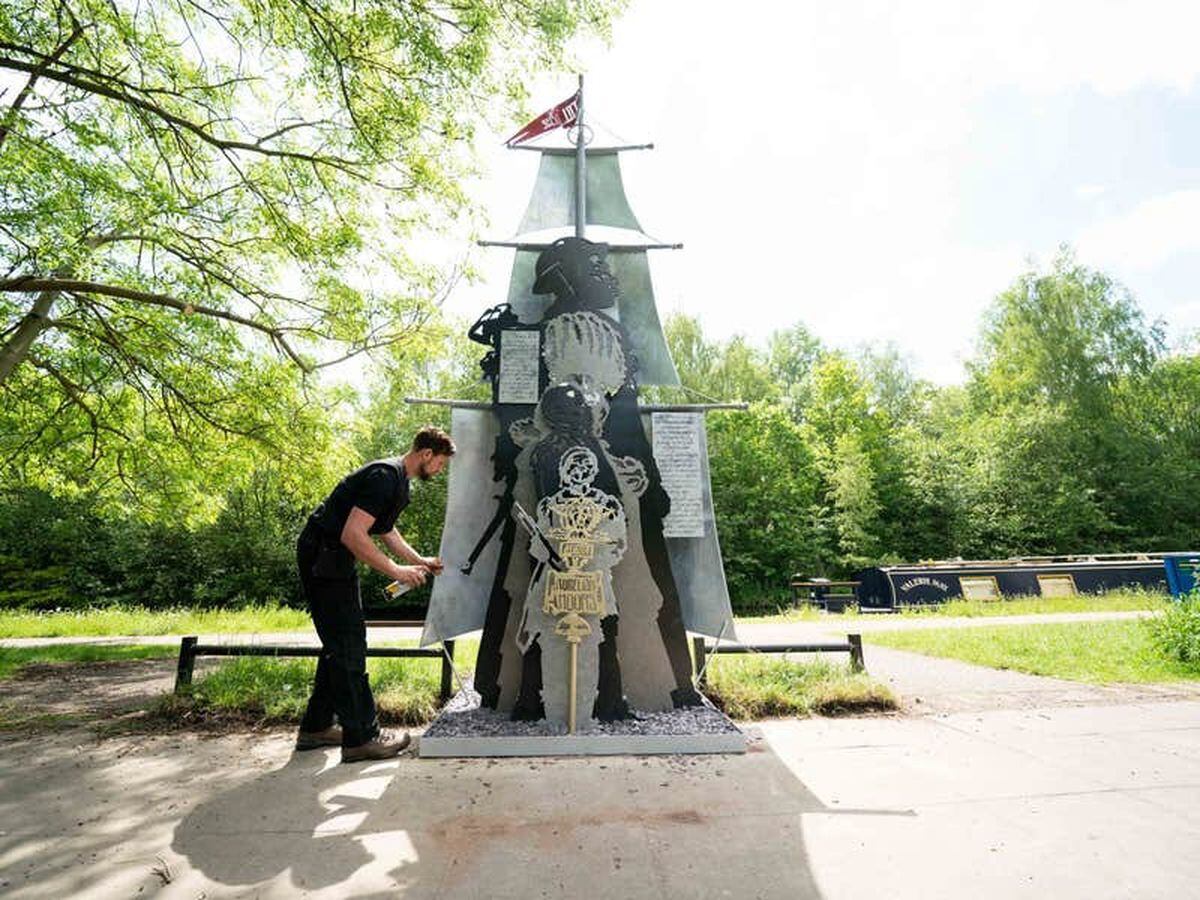
 guernseypress.com
guernseypress.com

Artists defiant after black history sculpture defaced days after being unveiled
The racist graffiti was removed by hand in just a few minutes.

